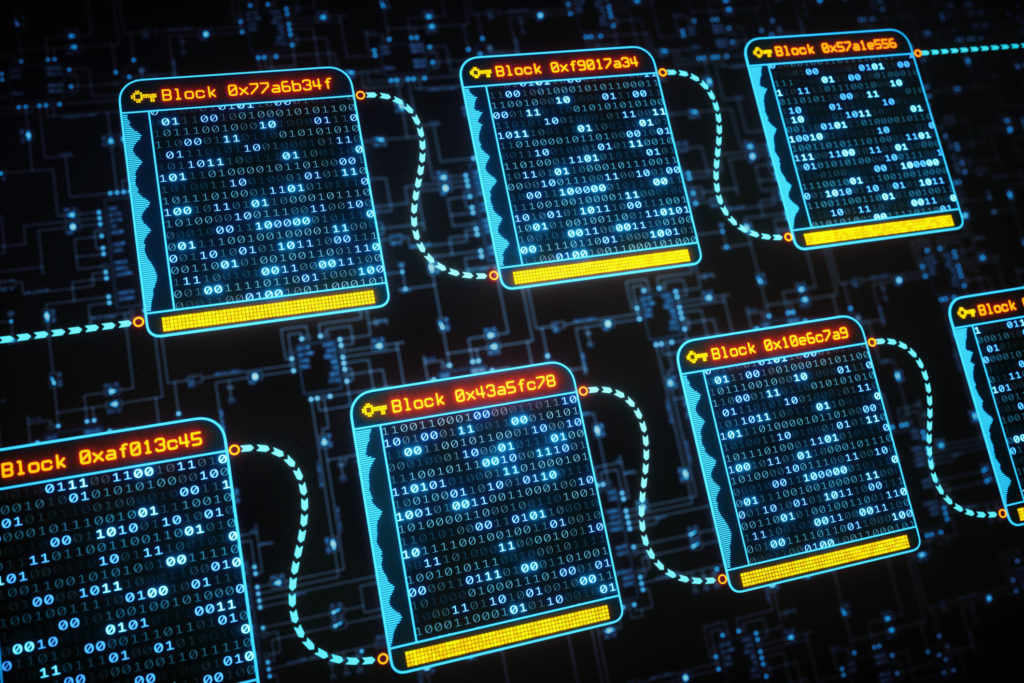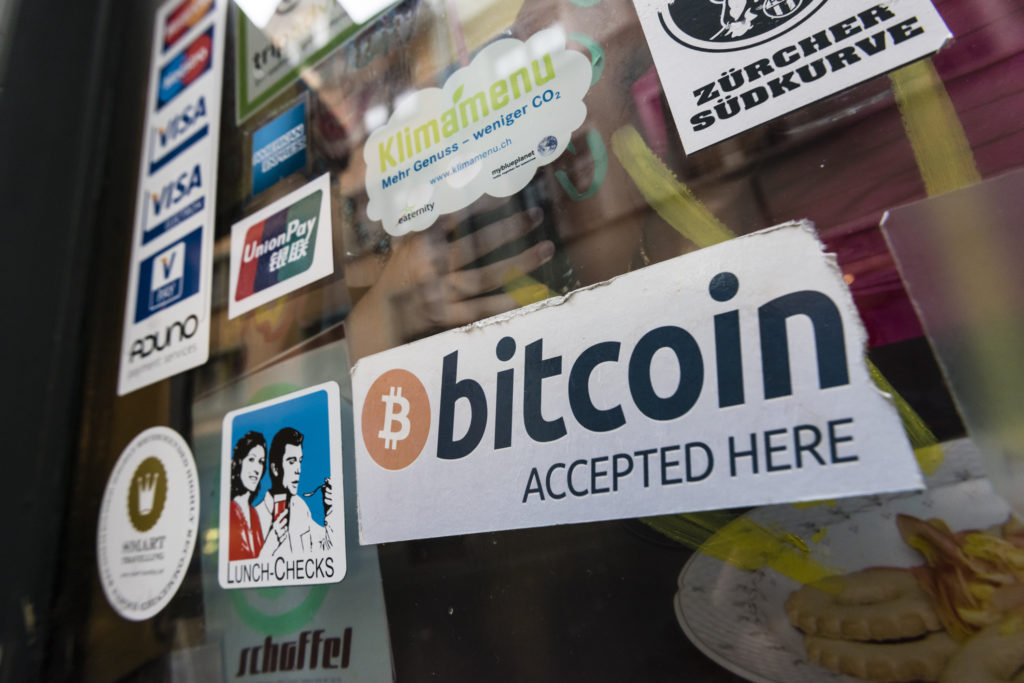Everyone’s talking about blockchain these days. In fact, there is so much hype about blockchains — and there are so many grand ideas related to them — that it’s hard not to wonder whether everyone who is excited about blockchains understands what a blockchain actually is.
If, amidst all this blockchain hype, you’re asking yourself “what is blockchain, anyway?” then this article is for you. It defines what blockchain is and explains what it can and can’t do.
Blockchain Is a Database Architecture
In the most basic sense, blockchain is a particular database architecture.
In other words, like any other type of database architecture (relational databases, NoSQL and the like), a blockchain is a way to structure and store digital information.
(The caveat to note here is that some blockchains now make it possible to distribute compute resources in addition to data. For more on that, see below.)
What Makes Blockchain Special?
If blockchain is just another type of database, why are people so excited about it?
The reason is that a blockchain has special features that other types of database architectures lack. They include:
- Maximum data distribution. On a blockchain, data is distributed across hundreds of thousands of nodes. While other types of databases are sometimes deployed using clusters of multiple servers, this is not a strict requirement. A blockchain by definition involves a widely distributed network of nodes for hosting data.
- Decentralization. Each of the nodes on a blockchain is controlled by a separate party. As a result, the blockchain database as a whole is decentralized. No single person or group controls it, and no single group or person can modify it. Instead, changes to the data require network consensus.
- Immutability. In most cases, the protocols that define how you can read and write data to a blockchain make it impossible to erase or modify data once it has been written. As a result, data stored on a blockchain is immutable. You can add data, but you can’t change what already exists. (We should note that while data immutability is a feature of the major blockchains that have been created to date, it’s not strictly the case that blockchain data is always immutable.)
Beyond Data
As blockchains have evolved over the past few years, some blockchain architectures have grown to include more than a way to distribute data across a decentralized network. They also make it possible to share compute resources. The Ethereum blockchain does this, for example, although Bitcoin—the first and best-known blockchain—was designed only for recording data, not sharing compute resources.
If your blockchain provides access to compute resources as well as data, it becomes possible to execute code directly on the blockchain. In that case, the blockchain starts to look more like a decentralized computer than just a decentralized database.
Blockchains and Smart Contracts
Another buzzword that comes up frequently when discussing what defines a blockchain is a smart contract.
A smart contract is code that causes a specific action to happen automatically when a certain condition is met. The code is executed on the blockchain, and the results

are recorded there.
This may not sound very innovative, but there are some key benefits and use cases. Any application could incorporate code that makes a certain outcome conditional upon a certain circumstance. If-this-then-that code stanzas are not really a big deal.
What makes a smart contract different from a typical software conditional statement, however, is that because the smart contract is executed on a decentralized network of computers, no one can modify its outcomes. This feature differentiates smart contracts from conditional statements in traditional applications, where the application is controlled by a single, central authority, which has the power to modify it.
Smart contracts are useful for governing things like payment transactions. If you want to ensure that a seller does not receive payment for an item until the buyer receives the item, you could write a smart contract to make that happen automatically, without relying on third-party oversight.
Limitations of Blockchains
By enabling complete data decentralization and smart contracts, blockchains make it possible to do a lot of interesting things that you could not do with traditional infrastructure.
However, it’s important to note that blockchains are not magic. Most blockchains currently have several notable limitations.
- Transactions are not instantaneous. Bitcoin transactions take surprisingly long to complete, for example.
- Access control is complicated. On most blockchains, all data is publicly accessible. There are ways to limit access control, but they are complex. In general, a blockchain is not a good solution if you require sophisticated access control for your data.
- Security. While blockchain is considered a secure place for transactions and storing/sending sensitive data and information, there have been a few blockchain-related security breaches. Moving your data to a blockchain does provide an inherent layer of protection because of the decentralization and encryption features, however, like most things, it does not guarantee that it won’t be hacked or exploited.
Additional Resources
- Watch the latest SnapSecChat videos to hear what our CSO, George Gerchow, has to say about data privacy and the demand for security as a service.
- Read a blog on new Sumo Logic research that reveals why a new approach to security in the cloud is required for today’s modern businesses.
- Learn what three security dragons organizations must slay to achieve threat discovery and investigation in the cloud.


